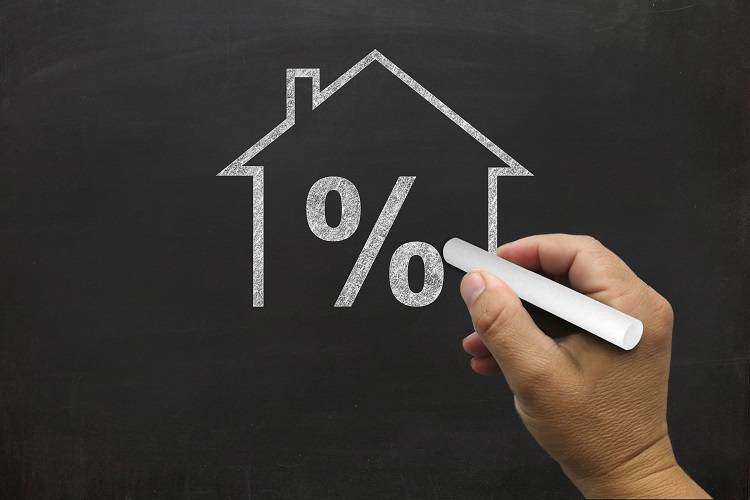

After more than two years of a consistent cash rate, the Reserve Bank of Australia (RBA) has made its decision on the cash rate for September.
For the 25th consecutive month, the rate will be held at 1.50%.
Experts predicting the decision unanimously predicted this would be the case.
One hundred percent of experts surveyed by Finder.com.au believed the rate would remain the same, citing low inflation, employment figures and low wage growth, as well as global factors.
One hundred percent of brokers surveyed by HashChing also believed the rate would remain the same. Seventy-nine percent believed it will remain on hold until 2019, but more and more people are suggesting the rate could stay the same until 2020.
Discussing the rate, CoreLogic analyst Tim Lawless said, “There are plenty of factors keeping interest rates on hold, but top of mind is the fact that mortgage rates are already edging higher as lenders look to balance their profit margins against higher funding costs and a smaller deposit base.
“With the first of the Big Four banks announcing an out of cycle rate hike, the prospects for a higher cash rate have likely been pushed back even further, we could even see debate for a lower cash rate becoming more prominent.
“Plenty of slack remains in the labour market, housing prices are trending lower, household debt levels are at a record high, core inflation is tracking below the RBA’s target range of 2-3% and retail trade is slow.
“With all this in mind, financial markets are betting the cash rate will stay on hold until at least January 2020.
“Despite the outlook for a stable cash rate, but slightly higher mortgage rates, we can expect lenders to remain hyper competitive, particularly for high quality borrowers – those with large deposits, lower debt to income ratios and a strong credit history.
“Even with mortgage rates starting to edge higher, from a historical perspective, rates remain extremely low which will continue to support housing demand.
“No doubt borrowers will be applying pressure on their lenders to ensure they are on the lowest rate possible.”
